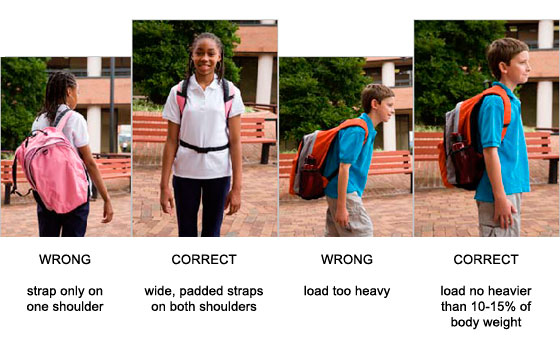Health Quote
|
"True enjoyment comes from activity of the mind and exercise of the body; the two are united".
- Alexander von Humboldt
|
|
|
|
| |
 What's New! What's New!
| |
It is our hope that you are enjoying this unbelievable summer! We remain in our temporary location but are optimistic that the end of our relocation is near.
Stephanie along with Scott Allan, and 2 other adventurous friends participated in the Canadian Death Race relay in Grande Cache, Alberta.
Grand Cache is North of Jasper, in the heart of the wilderness. The race is 125 km of trails, 17, 000 feet of elevation gain over a 24 hour period. Stephanie’s leg was 38 km with 5,000 feet of elevation gain, several large puddles, a mountain climb up and over, a bit of rain....OK a lot of rain and a bit of darkness. It was super fun and for anyone who has been thinking about it.....just DO IT!!
Congrats to our patients who participated in Ironman Canada in Penticton, B.C. on August 28, 2011 and Ironman Louisville in Kentucky.
It is a huge accomplishment and we are totally proud of you!
Coming soon is the Queen City Marathon with several patients registered to participate. Run fast and stay injury free are our words of advice!
Congrats to Bill, Claude, Anita and Gail and company who put on another great River Run at the Forks to raise money for the Arthritis Society. They are off to Dublin, Ireland in September to raise more funds and run a half marathon. We wish them a great race!.
|
Pack It Light, Wear It Right!
|
Practical tips to wearing your backpack safely.

A heavy backpack can injure the back, neck, and shoulders, cause numbness in the arms, and reduce blood flow to the surrounding muscles and tissues.
They also create poor posture by encouraging the carrier to lean forward and round their shoulders, which reduces the ability to maintain balance and restricts movement. To prevent back and neck pain from an overloaded backpack, it is important to know the correct way to choose, pack and carry a backpack. Here are some tips to prevent back pain caused by your backpack
Choosing your backpack
1. Choose a backpack that is proportionate to your body size and not larger than what is needed. The top of the backpack should not extend higher than the top of the shoulder, and the bottom should not fall below the top of the hipbone.
2. Select a backpack made of lightweight material such as nylon, canvas or vinyl rather than leather.
3. The shoulder straps should be at least two inches wide, adjustable, and padded. Ensure that they do not cut into or fit too snugly around the arms and armpits. Poorly designed shoulder straps can dig deep into the muscles and put pressure on the nerves.
4. A backpack should have a padded back for added protection and comfort.
5. A hip strap or waist belt helps to effectively redistribute as much as 50 to 70 per cent of the weight off the shoulders and spine onto the pelvis, equalizing the strain on the bones, joints, and muscles.
6. Choose a backpack that has several individual pockets instead of one large compartment, this will help to distribute the weight evenly and keep contents from shifting.
7. Explore other options such as a backpack-style carrier with wheels and a pull handle for easy rolling.
Packing a backpack
1. Backpacks should never exceed 15 per cent of your body weight (i.e. a 90-pound child should not carry more than 14 pounds in a backpack). For elementary school children try to keep the weight in their packs below 10 per cent of their body weight.
2. Ensure the weight is evenly distributed in the backpack.
3. Pack the heaviest items closest to the body as this reduces the strain as the weight is closer to the body's own centre of gravity.
4. Don't overload the backpack; only carry the items that are needed.
5. Pack odd-shaped items on the outside, so they don't dig into the back.
Carrying a backpack
1. Wear both shoulder straps and adjust them so the pack fits snugly to the body and doesn't dangle loosely to the side. You should be able to slide your hand between the backpack and your back. This positioning will reduce strain on your back, shoulders, and neck.
2. Using the hip strap or waist belt reduces strain on your back and transfers some of the load to your hips.
3. A backpack that is too low will cause you to lean forward and carry the full weight on the upper back.
It's back to school time you may want to share these tips with you children. We welcome all questions or inquiries about back pain treatment and prevention.
|
|
